
Finding Chloé
In a pub across the street from Melbourne’s Flinders Street Station, lives a painting with a fascinating history. The Young and Jackson Hotel is home to Chloé, a painting created by French artist Jules Lefebvre in 1875. You may have shared a drink with Chloé, but do you know how this French painting became an Australian icon?
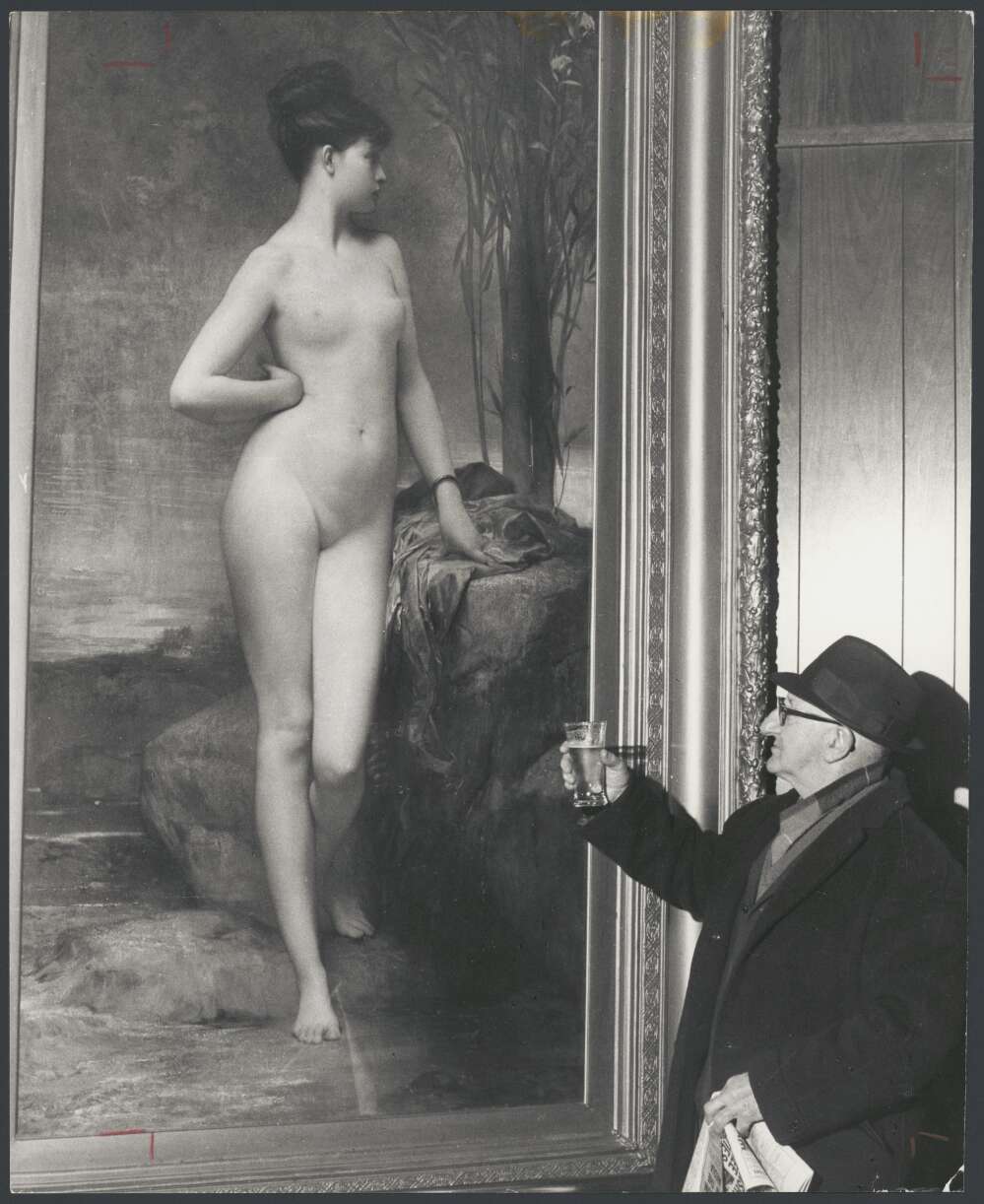
Katrina Kell is the author of Chloé, a historical fiction novel which took inspiration from the painting and its place in Australia’s cultural landscape. She says:
‘Chloé has captured the hearts and imaginations of her viewers ever since the painting made its debut in the Australian colonies in the late nineteenth century. Chloé has won artistic laurels, triggered outrage and scandal, has been mythologised and heritage listed, and is an enduring 'good luck' symbol for generations of Australian servicemen. Chloé's unusual situation in an Australian pub also contributes to her iconic status in the Australian cultural landscape.’
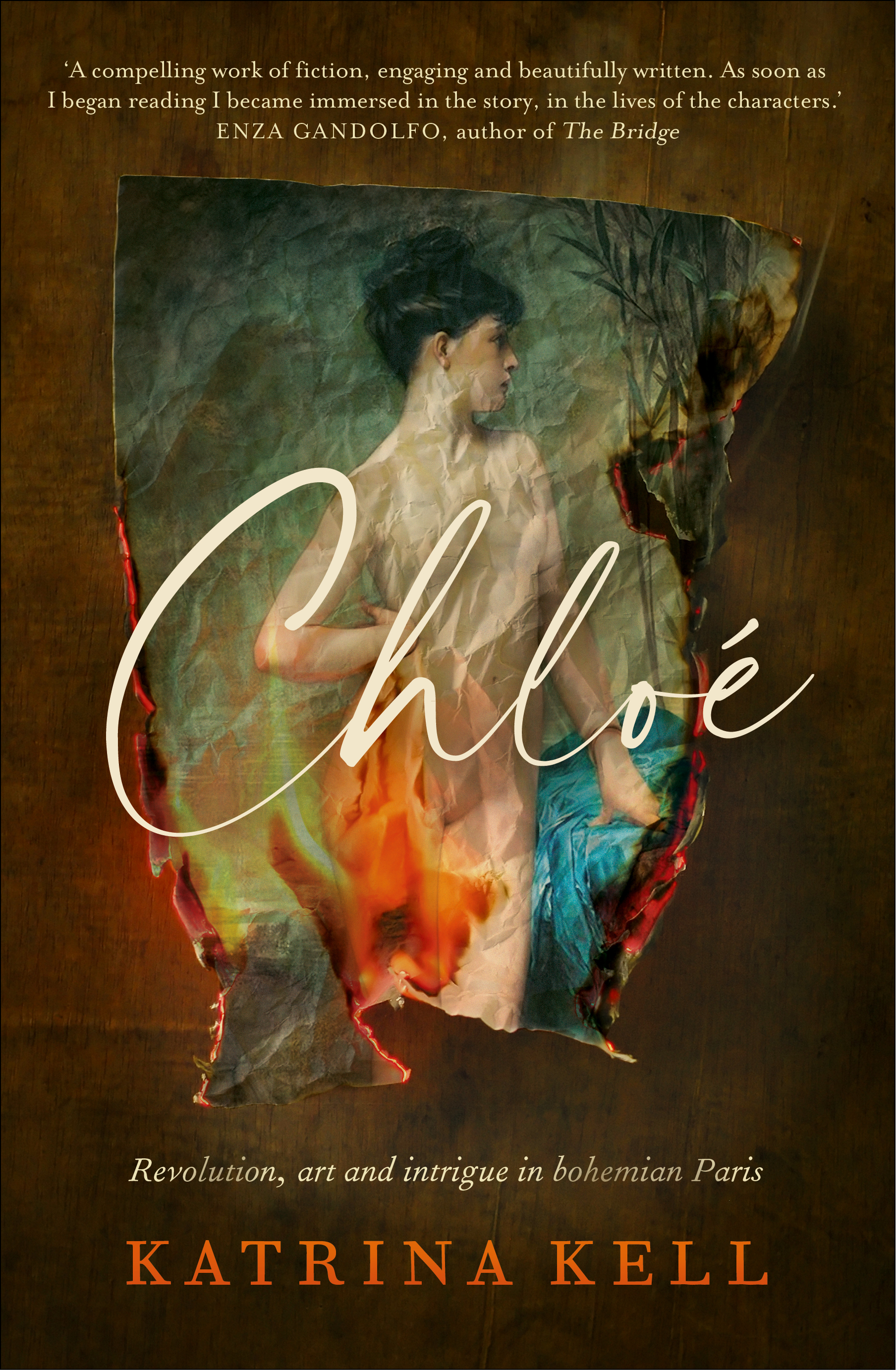
Painting a picture with Trove
Using Trove, Katrina traced the history of the painting and the many stories that contribute to its ongoing legacy.
‘Trove was a vital source of newspaper and magazine articles, archival photographs, and other historical references concerning Jules Lefebvre's Chloé and the painting’s history in Australia. It was also a vital source of information about the fascinating intersections between Chloé and Australian military history,’ she says.
Lefebvre painted Chloé in Paris during the winter of 1874/75, amidst the aftermath of a volatile and dangerous period. As Katrina explains:
‘Trove allowed me to access numerous articles published in the nineteenth-century Australian press covering the 1870-1871 Franco-Prussian War and the brutal 1871 oppression of the revolutionary Paris Commune.’
Katrina found first-hand accounts of these traumatic events in Trove. In this article from 1871 we are given an account of the trials of les petroleuses at Versailles. As Katrina explains, the article demonstrates ‘the appalling lack of sympathy these women received when compared with their male counterparts.’
It was articles such as this that helped Katrina to understand the impact these violent events would have had on women of the time, including Chloé's young working-class model.
‘This was vital during the development of characters, settings, and historically accurate scenarios in the novel,’ she says.
Chloé down under
Katrina also used Trove to research the painting’s history in Australia. After winning awards at the 1879 Sydney and 1880 Melbourne international exhibitions, the painting was bought by Melbourne surgeon Thomas Fitzgerald. In 1883, Chloé caused controversial debate when she was displayed in the National Gallery of Victoria. Fitzgerald then lent the painting to the Adelaide Picture Gallery for three years before requesting its return.
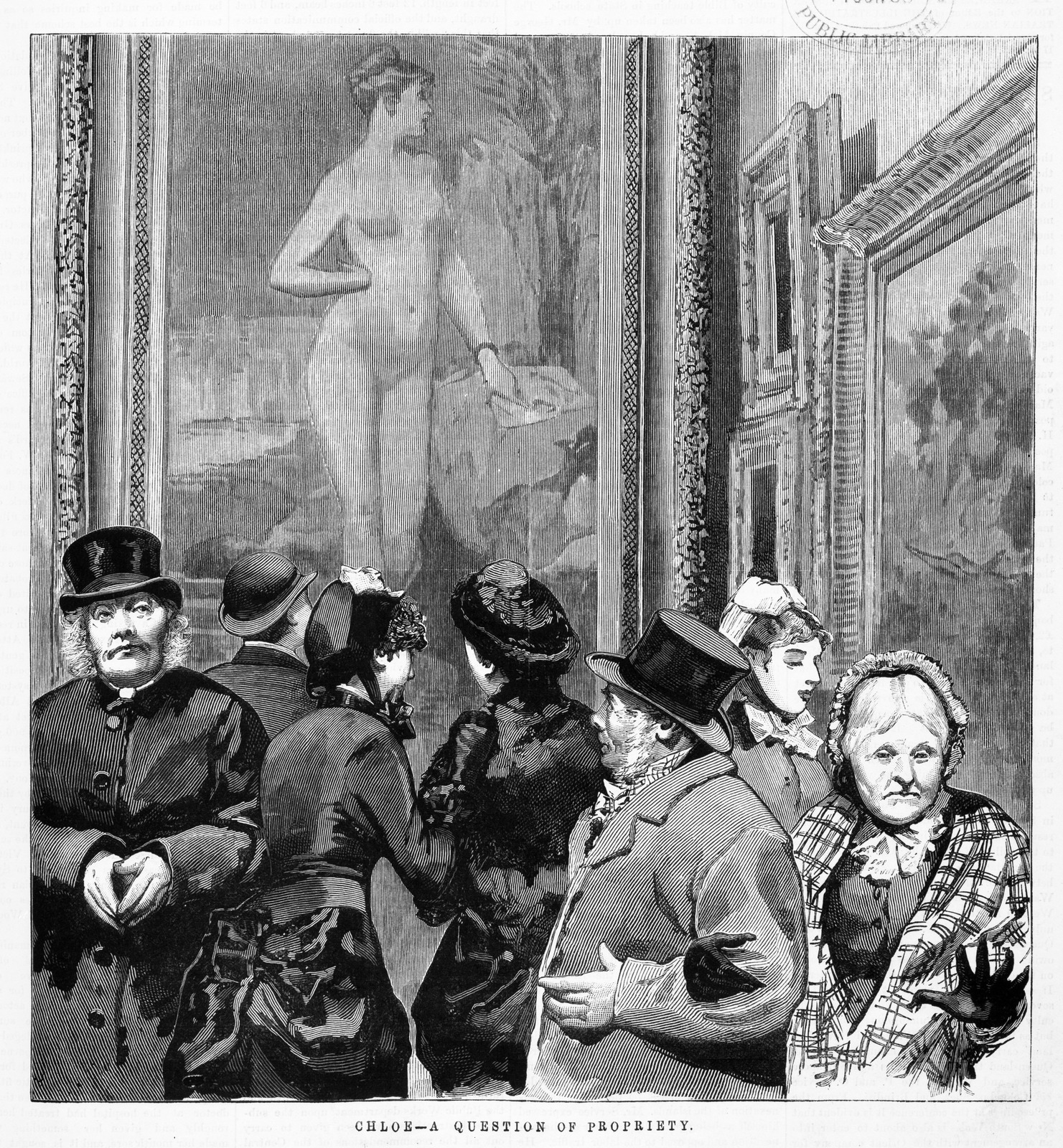
After Fitzgerald’s death in 1908, Chloé was purchased for £800 by Henry Figsby Young who hung the already-famous painting in the Young and Jackson Hotel. It’s here that Chloé’s Australian Military legacy begins.
‘Newspaper stories I found on Trove confirmed Chloé’s significance to Australian soldiers,’ Katrina says.
Message in a bottle
In December 1915, Private A. P Hill and his comrade W. Baker put a message in a bottle and cast it to sea off the Australian coast. The message read:
"Demosthenes, 31/12/15 – To the finder of this bottle. Take it to Young and Jackson's, fill it, and keep it till we return from the war. – W. Baker, No. 4152; A. P. Hill, No. 4220, 13th-5th Battalion, 2nd Infantry Brigade, Egypt. We are on our way."
Sadly, A. P. Hill never made it home. His bottle was discovered in New Zealand three years later and the message it contained was returned to his father. Since then, Aussie battlers have been sharing a good-luck drink with Chloé in the Young and Jackson Hotel.
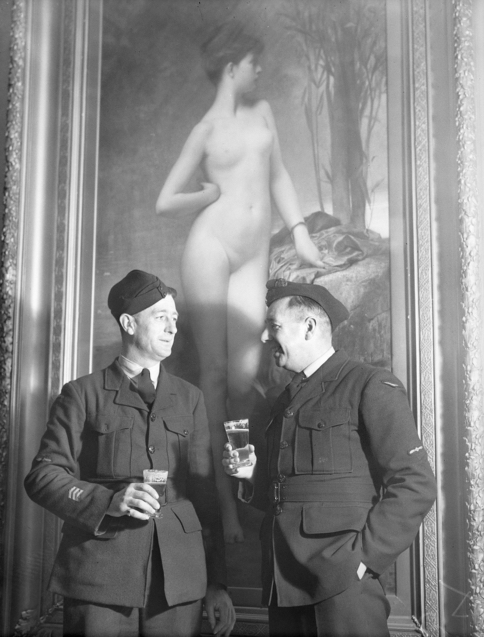
The painting’s war time legacy continued into World War II, where Chloé and the Young and Jackson Hotel featured in the march song of the 22nd/21st Battalion.
The real Chloé
While the painting has a fascinating history, Katrina decided to tell the story of Chloé because of how little was known about the painting’s Parisian model.
‘For almost 150 years, her image has bewitched and beguiled her multitude of viewers. Yet, like so many women from the past, her story had largely been lost to history,’ Katrina says.
‘Trove was crucial in bringing her story to fruition’, she says.
An exciting discovery Katrina made with Trove was this 1914 article. The article features images from an exhibition by portrait artist James Clarke Waite, who claimed to have painted Chloé’s model.
‘In Image #5, Waite has depicted the model’s face from a three-quarter perspective. In Lefebvre’s Chloé painting, her face is depicted in profile, so Waite has given us a rare glimpse of this mystery woman and what she may have looked like,’ Katrina says.
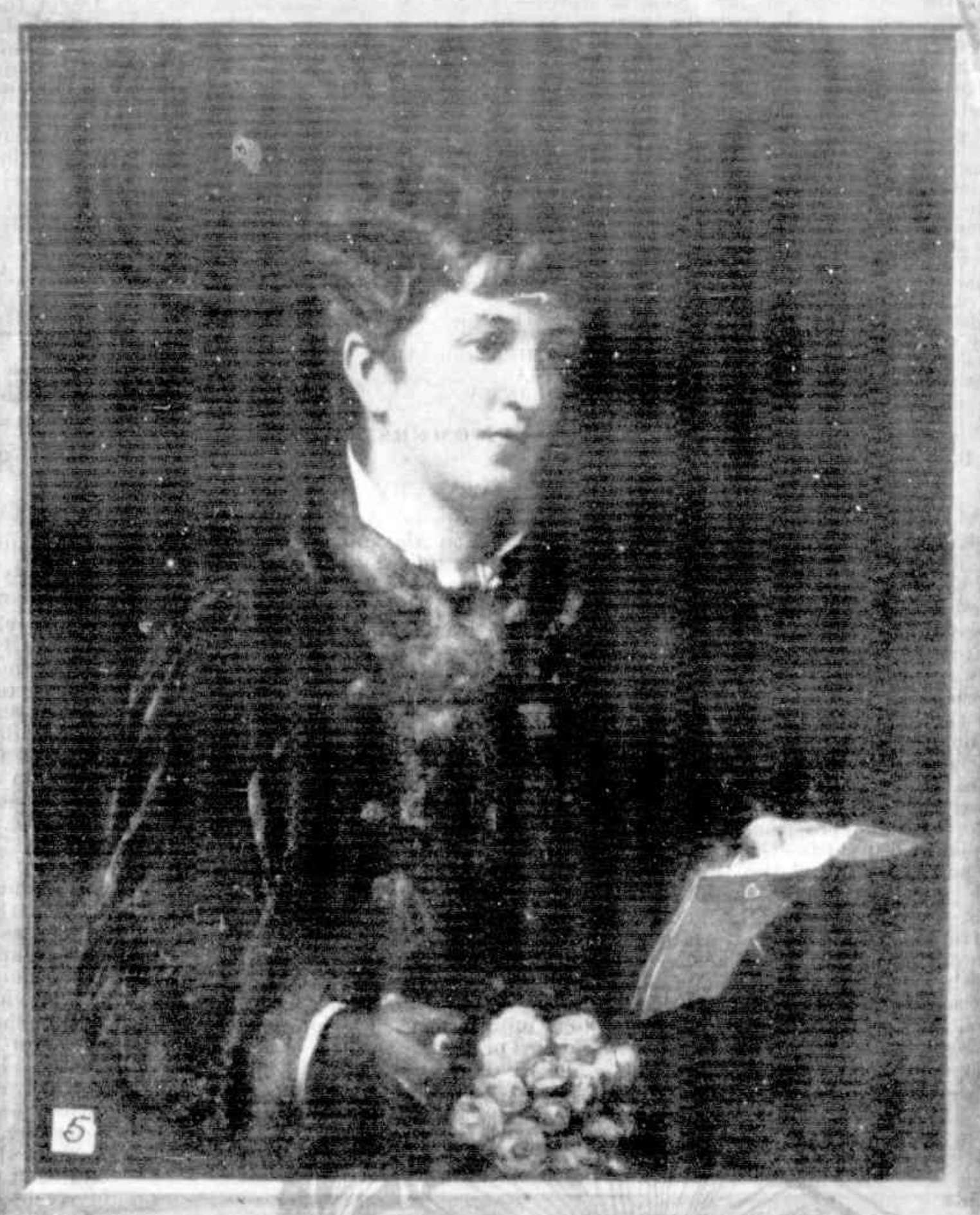
Katrina goes on to explain how she used Trove in her research:
‘Trove was an excellent source of Chloé mythologies, particularly speculative and moralising stories about the painting's model that were shared in letters to 'The Editor' in colonial Australian newspapers. These speculative stories were compared with the discoveries I unearthed in various French archives, and the comparisons proved to be illuminating. Trove helped me to sort the wheat from the chaff as I recuperated the lost histories of the painting and its model.’
‘Trove is the ultimate treasure trove for academic researchers and creative writers, and those interested in learning about the past and any number of fascinating subjects,’ she says.
Katrina Kell is an Honorary Research Associate at Murdoch University. She is a writer of historical fiction, young adult novels, short fiction, poetry, academic essays, and journalism. Chloé was born out of her PhD thesis, Capturing Chloé: Reimagining a Melbourne Icon, which ‘explores the myths and volatile history of the iconic nude painting and its model.’ The novel’s unpublished manuscript won an Australian Society of Authors Award Mentorship. She lives and works in Boorloo (Perth) on the unceded lands of the Whadjuk Noongar People.